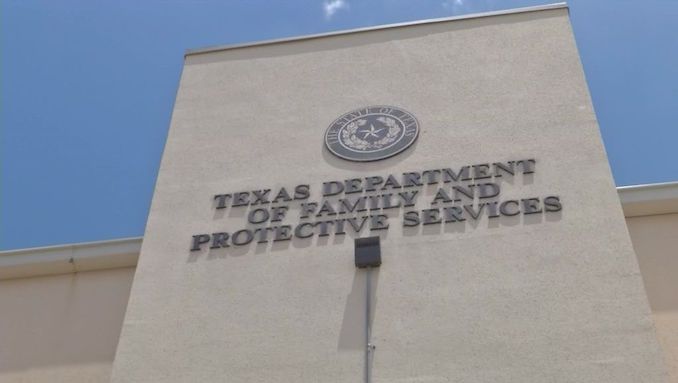Texas has not developed a full plan for the $50,265,902 it received from the federal government to help prepare for the Family First Prevention Services Act, but about 16% will go to a pilot project around congregate care.
The Department of Family and Protective Services has said it does not believe most of the foster youth it has in group settings now need the level of care envisioned for qualified residential treatment programs, or QRTP, a new designation created by Family First as an exception to new limits on federal funds for congregate care. But the Texas pilot will invest about $8 million to develop one QRTP pilot program over the next two years.

“The pilot program is moving forward and we intend to hire two people at this stage,” said Marissa Gonzales, a spokesperson for the department.
The plan is to have a small team in place to oversee the project by the end of 2020, and then spend about a year developing the criteria for the pilot and structure the competition to see which state provider will actually operate it. Texas is targeting April of 2022 for a final contract to get its qualified residential treatment program off the ground.
The Family First Act was passed in 2018 and includes two major changes to the Title IV-E entitlement, which is the main conduit of federal funds to states for child welfare services. While IV-E was mostly limited to foster care and adoption costs before, states can now tap into the entitlement for services aimed at preventing the need for foster care in some child welfare cases.
Family First also limits states to two weeks of federal IV-E dollars for most congregate care settings, such as group homes or residential treatment centers. But the law also “created” a type of congregate setting that could draw federal funds beyond that new limit: a QRTP, which must be accredited, have an on-call nursing staff and provide aftercare services that help a child return to his family or other caregivers.
About 13 states are on a path to implementing Family First in the near future; most states, including Texas, have elected for an optional delay of two years.
Texas recently projected that it will lose $26 million per year in federal support for congregate care placements as a result of Family First – at the end of fiscal 2019, there were about 3,400 foster youth in these settings, and 42% of the days they spent there were “eligible” for federal support. That is nothing to sneeze at, but it’s a tiny fraction of the state’s nearly $4 billion child welfare annual spending.
Texas’ position thus far has been that the majority of youth in its congregate settings do not need the level of care envisioned by the QRTP criteria, which sort of strikes at the point of that provision in Family First. The law was a clear message, voiced most emphatically by former Utah Sen. Orrin Hatch (R), that the federal government should no longer support the use of congregate care for any youth who didn’t need a higher level of care – that the rest should be in a home setting. Texas has more foster youth in institutional congregate care than any state, and court monitors in a class-action lawsuit lost by the state have raised concerns about the quality of conditions in those facilities.
The QRTP pilot idea is an interesting middle ground in terms of preparation. Some states are working with accreditors to license many of their congregate care providers as QRTP. On the other side of the coin Alaska, one of the first states to implement Family First, decided it would simply forgo IV-E funding for its congregate care placements. The state uses such settings infrequently, and decided the amount of federal dollars it drew for those placements was not enough to worry about it.
Texas will presumably use its QRTP pilot to gauge the demand for such a placement option by its partners, of which there are soon to be many. The state is moving toward a privatized model of child welfare that breaks the state into 11 catchment areas led by lead contracted nonprofits, which will operate what’s called “community-based care” in each region.






